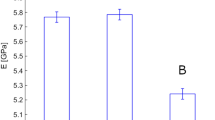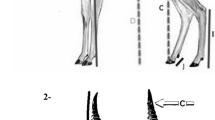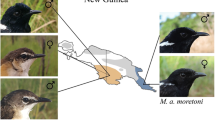Abstract
THE domestication of the ostrich on a practical basis was undertaken in Cape Colony about 1867, and since then ostrich farming has become one of the most important industries in the eastern province. The census of 1904 gave 357,9701 tame ostriches in the colony, while the export of feathers reached 470,381 pounds, practically the whole of which came from tame birds; the estimated value of the feathers was 1,058,988l., giving about 3l. 10s. per bird of feather-producing age. During the forty years of domestication the instincts of the ostrich have apparently undergone no change, though its habits are much altered. The feathers cut from the tame bird are shorter, weaker, and not so fluffy as those taken from wild birds, but probably these differences are to be correlated with the greater frequency of plucking, and not with any constitutional change resulting from domestication.
This is a preview of subscription content, access via your institution
Access options
Subscribe to this journal
Receive 51 print issues and online access
$199.00 per year
only $3.90 per issue
Buy this article
- Purchase on Springer Link
- Instant access to full article PDF
Prices may be subject to local taxes which are calculated during checkout
Similar content being viewed by others
Author information
Authors and Affiliations
Rights and permissions
About this article
Cite this article
DUERDEN, J. Defects in Ostrich Feathers in South Africa. Nature 74, 55–56 (1906). https://doi.org/10.1038/074055b0
Issue Date:
DOI: https://doi.org/10.1038/074055b0
Comments
By submitting a comment you agree to abide by our Terms and Community Guidelines. If you find something abusive or that does not comply with our terms or guidelines please flag it as inappropriate.



